Home>Garden Essentials>Garden Plants>How To Plant Creeping Thyme Seeds
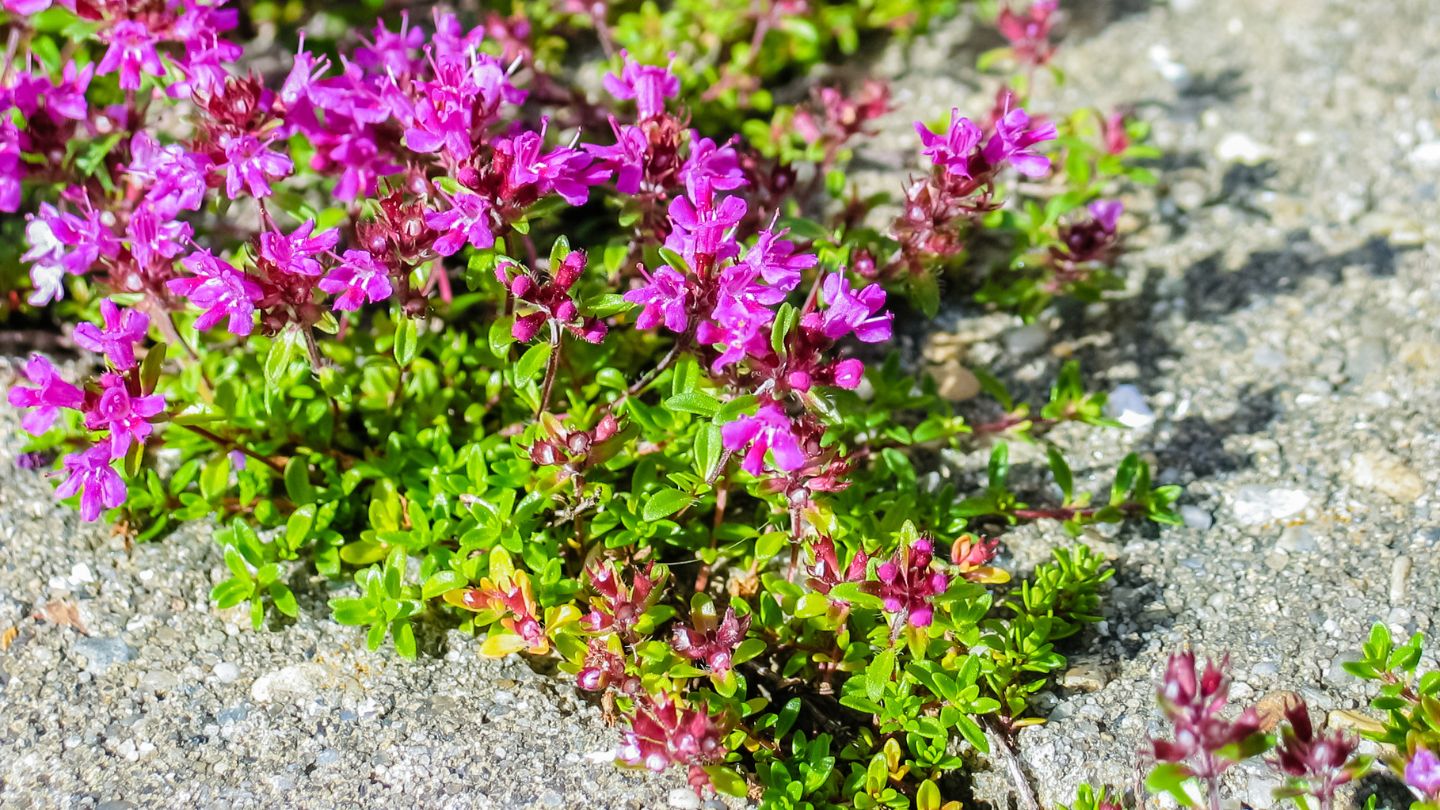

Garden Plants
How To Plant Creeping Thyme Seeds
Modified: March 24, 2024
Learn how to plant creeping thyme seeds and create a lush ground cover with our step-by-step guide. Discover the best planting techniques for healthy plants.
(Many of the links in this article redirect to a specific reviewed product. Your purchase of these products through affiliate links helps to generate commission for Storables.com, at no extra cost. Learn more)
Introduction
Welcome to our comprehensive guide on how to plant creeping thyme seeds. Creeping thyme, also known as Thymus serpyllum, is a versatile and beautiful herb that can add charm and appeal to your garden or landscape. With its low-growing, spreading habit and fragrant flowers, it is a popular choice for ground cover, rock gardens, and borders.
Whether you’re a seasoned gardener or a beginner, growing creeping thyme from seeds can be a rewarding experience. Not only will you have the satisfaction of nurturing a plant from its earliest stages, but you’ll also get to enjoy the breathtaking display of colorful blooms and the delightful aroma that fills the air.
In this article, we will take you through the step-by-step process of planting creeping thyme seeds, from choosing the right time and location to maintenance and growth tips. By following these guidelines, you’ll be well on your way to cultivating a lush and vibrant garden filled with the beautiful foliage of creeping thyme.
So let’s get started and dive into the first step: choosing the right time and location for planting your creeping thyme seeds.
Key Takeaways:
- Embrace the joy of planting creeping thyme seeds and witness the transformation as vibrant blooms and enchanting fragrance fill your garden. With patience and care, create a stunning botanical haven right outside your doorstep.
- Create a thriving environment for creeping thyme by choosing the right time and location, providing regular care, and exploring creative ways to incorporate this versatile herb into your garden. Enjoy the process and reap the rewards of a vibrant and charming outdoor space.
Read more: When To Plant Creeping Thyme Seeds
Step 1: Choosing the Right Time and Location
Before you start planting creeping thyme seeds, it’s essential to select the optimal time and location. This will ensure that your seeds have the best chance of germination and growth. Here are a few key considerations:
- Climate: Creeping thyme is known for its ability to thrive in various climates, but it prefers mild to warm conditions. It is important to check the hardiness zone of your region to determine the best time to sow the seeds.
- Sunlight: Creeping thyme requires at least six hours of direct sunlight per day to grow properly. Choose a location in your garden or landscape that receives ample sunlight.
- Soil Drainage: This herb prefers well-draining soil to prevent root rot and ensure healthy growth. If your soil is heavy or retains water, consider amending it with organic matter or creating raised beds to improve drainage.
- Space: Creeping thyme has a spreading habit and requires sufficient space to expand. Ensure that the planting area has enough room for the herb to grow and spread without overcrowding neighboring plants.
Once you have identified the ideal time and location for planting, you are ready to move on to the next step: preparing the soil.
Step 2: Preparing the Soil
Creating a suitable environment for your creeping thyme seeds is crucial for their successful germination and growth. Follow these steps to prepare the soil:
- Remove weeds and debris: Clear the planting area of any weeds, rocks, or large debris that may obstruct the growth of your creeping thyme. This will ensure that the seeds have ample space and nutrients to thrive.
- Loosen the soil: Use a garden fork or a tiller to loosen the top 6-8 inches of soil. This will improve aeration and drainage, providing an ideal growing medium for your creeping thyme.
- Amend the soil: If your soil lacks organic matter or is not well-draining, consider incorporating compost, peat moss, or well-rotted manure to improve its quality. This will help retain moisture and provide essential nutrients for the seeds.
- Test the soil pH: Creeping thyme prefers slightly acidic to neutral soil, with a pH range of 6.0 to 7.5. Test the soil using a pH testing kit, and adjust it if necessary by adding lime to raise the pH or sulfur to lower it.
By adequately preparing the soil, you are setting the stage for successful seed germination and strong plant growth. The next step is sowing the creeping thyme seeds.
Step 3: Sowing the Creeping Thyme Seeds
Now that you have prepared the soil, it’s time to sow the creeping thyme seeds. Follow these steps to ensure proper seed placement and germination:
- Read the seed packet instructions: Different varieties of creeping thyme may have specific requirements for seed sowing. Be sure to read and follow the instructions provided on the seed packet for optimal results.
- Choose a method: There are two common methods for sowing creeping thyme seeds: directly sowing them outdoors or starting them indoors and later transplanting the seedlings. Choose the method that suits your preferences and climate conditions.
- Direct sowing outdoors: If you choose to sow the seeds outdoors, scatter them evenly over the prepared soil. Avoid burying them too deep, as creeping thyme seeds require light for germination. Gently press the seeds onto the soil surface to ensure good seed-to-soil contact.
- Starting indoors: To start the seeds indoors, fill seed trays or pots with a quality seed-starting mix. Moisten the mix without making it overly saturated. Place the seeds on the surface, ensuring they are not covered by soil. Mist the seeds with water to keep them moist.
- Provide ideal conditions: Whether sowing outdoors or indoors, ensure that the seeds are kept moist but not waterlogged. Place them in a warm location with consistent temperatures between 65-75°F (18-24°C).
Creeping thyme seeds typically take 2-3 weeks to germinate, although it may vary depending on the variety and environmental factors. Once the seeds have germinated, it’s time to move on to the next step: watering and care.
Plant creeping thyme seeds in well-draining soil with full sun. Sow seeds on the surface and lightly press them into the soil. Keep the soil consistently moist until the seeds germinate.
Step 4: Watering and Care
Proper watering and care are essential for the healthy growth and establishment of your creeping thyme plants. Follow these guidelines to ensure their well-being:
- Watering: After sowing the seeds or transplanting the seedlings, water the soil gently to keep it consistently moist. Avoid overwatering, as it can lead to waterlogged soil and root rot. Once the plants are established, water them deeply but infrequently, allowing the soil to dry out slightly between waterings.
- Weeding: Regularly remove weeds that may compete with creeping thyme for nutrients and space. Be cautious when weeding to avoid damaging the delicate thyme plants.
- Fertilization: Creeping thyme is a relatively low-maintenance plant and does not typically require heavy fertilization. However, you can apply a balanced slow-release fertilizer once or twice a year, following the package instructions.
- Pruning: Once the creeping thyme plants are established, you can prune them lightly to encourage bushier growth and maintain their desired shape. Trim back any overgrown or leggy stems to keep the plants tidy and compact.
- Pest and disease control: Creeping thyme is generally resistant to pests and diseases. However, keep an eye out for common garden pests like aphids or spider mites. If necessary, use organic pest control methods or consult a professional for assistance.
By providing adequate watering, regular care, and monitoring for pests and diseases, you are ensuring the health and vitality of your creeping thyme plants. If you wish to enhance their growth or expand their presence in your garden, you can consider transplanting the seedlings, as explained in the next step.
Read more: How To Plant A Creeping Thyme Lawn
Step 5: Transplanting the Seedlings (optional)
If you started your creeping thyme seeds indoors and want to expand their presence in your garden or landscape, transplanting the seedlings is an optional step. Here’s how you can successfully transplant your creeping thyme seedlings:
- Timing: Wait until the seedlings have developed a strong root system and an adequate number of true leaves before transplanting. This typically takes about 6-8 weeks from the time of germination.
- Choose the location: Select a suitable location in your garden or landscape that meets the same criteria mentioned in Step 1. Ensure there is enough space for the creeping thyme to spread and grow without overcrowding other plants.
- Prepare the new planting area: Clear any existing vegetation, weeds, or debris from the planting area. Loosen the soil and amend it if necessary to provide a favorable growing environment.
- Transplant the seedlings: Gently remove the seedlings from their containers or trays, being careful not to disturb their delicate roots. Dig holes in the new planting area, spacing them according to the growth habit and desired coverage of the creeping thyme. Place the seedlings in the holes and backfill with soil, firming it gently around the roots.
- Water and mulch: After transplanting, water the seedlings thoroughly to help them establish in their new location. Apply a layer of organic mulch around the plants to conserve moisture, suppress weeds, and regulate soil temperature.
Transplanting creeping thyme seedlings gives you the opportunity to expand their presence and create a more uniform and cohesive look in your garden. However, if you’re happy with the initial placement of your plants or started the seeds directly outdoors, you can skip this step and move on to the final step: maintenance and growth tips.
Step 6: Maintenance and Growth Tips
To ensure the continued health and growth of your creeping thyme plants, there are a few maintenance and growth tips you should keep in mind:
- Regular watering: While creeping thyme is relatively drought-tolerant once established, it’s important to provide regular watering during dry spells. Water deeply, allowing the soil to dry slightly between waterings.
- Mulching: Apply a layer of organic mulch around the plants, such as wood chips or straw, to retain moisture, suppress weeds, and regulate soil temperature. Avoid mulch touching the stems to prevent rot.
- Deadheading: Remove faded or spent flowers regularly to encourage continuous blooming and prevent the plants from going to seed. This will also help maintain a neat and tidy appearance.
- Dividing: Over time, creeping thyme may become crowded and lose vigor. Every few years, consider dividing the plants to rejuvenate their growth. Dig up the clumps, separate them into smaller sections, and replant them at the appropriate spacing.
- Winter protection: Creeping thyme is generally hardy and can tolerate freezing temperatures. However, in colder regions, it’s helpful to provide a layer of mulch or cover the plants with a breathable material during the winter months to protect them from excessive cold or frost heaving.
- Monitoring for pests and diseases: While creeping thyme is resistant to many common pests and diseases, it’s still important to monitor for any signs of trouble. Keep an eye out for aphids, spider mites, or fungal issues. Address any problems promptly using organic pest control methods.
By following these maintenance and growth tips, you will ensure that your creeping thyme plants thrive and continue to beautify your garden or landscape for years to come.
Congratulations! You have now learned how to plant creeping thyme seeds and nurture them into healthy, vibrant plants. Enjoy the lovely foliage, enchanting fragrance, and the pollinator-attracting flowers that this versatile herb has to offer.
Remember to have fun, get creative, and explore different ways to incorporate creeping thyme into your garden, whether as a ground cover, in rock gardens, or as borders. Happy gardening!
Conclusion
Planting creeping thyme seeds is a gratifying and rewarding experience that allows you to cultivate a beautiful and versatile herb in your garden. By following the step-by-step guide provided in this article, you can ensure successful seed germination, healthy plant growth, and a stunning display of colorful blooms.
From choosing the right time and location to sowing the seeds, watering and care, and optional steps like transplanting, we have covered all the necessary information to help you get started. Remember to consider factors such as climate, sunlight, soil preparation, and maintenance tips to create a thriving environment for your creeping thyme plants.
As you embark on this gardening journey, embrace the joy of tending to your plants and witnessing their growth and transformation. Watch as the low-growing, spreading habit of creeping thyme fills your garden with its enchanting fragrance and attracts pollinators like bees and butterflies.
Whether used as a ground cover, in rock gardens, or as borders, creeping thyme will bring charm and beauty to your outdoor space. It is a versatile herb that showcases its resilience, adaptability, and ornamental value.
So go ahead, grab some creeping thyme seeds, and start your gardening adventure! With patience, care, and a touch of creativity, you’ll soon have a remarkable garden adorned with the delightful foliage and vibrant colors of creeping thyme.
Remember to continue nurturing your plants, monitoring for pests and diseases, and making adjustments as needed. By providing the right conditions and maintaining regular care, your creeping thyme will flourish and become a stunning centerpiece in your garden.
Enjoy the process, take pleasure in the beauty, and reap the rewards of a thriving botanical haven right outside your doorstep. Happy gardening!
Frequently Asked Questions about How To Plant Creeping Thyme Seeds
Was this page helpful?
At Storables.com, we guarantee accurate and reliable information. Our content, validated by Expert Board Contributors, is crafted following stringent Editorial Policies. We're committed to providing you with well-researched, expert-backed insights for all your informational needs.
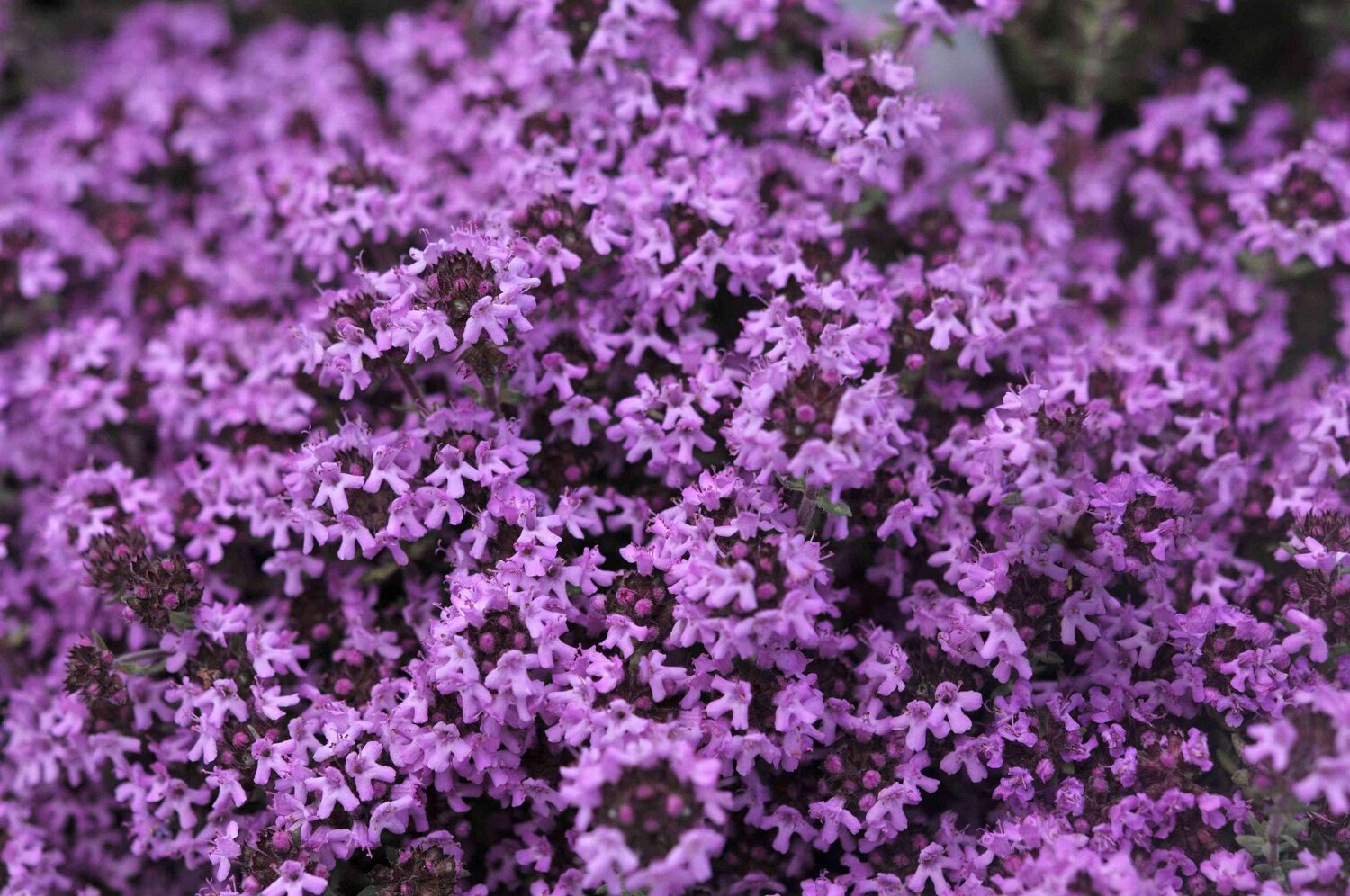

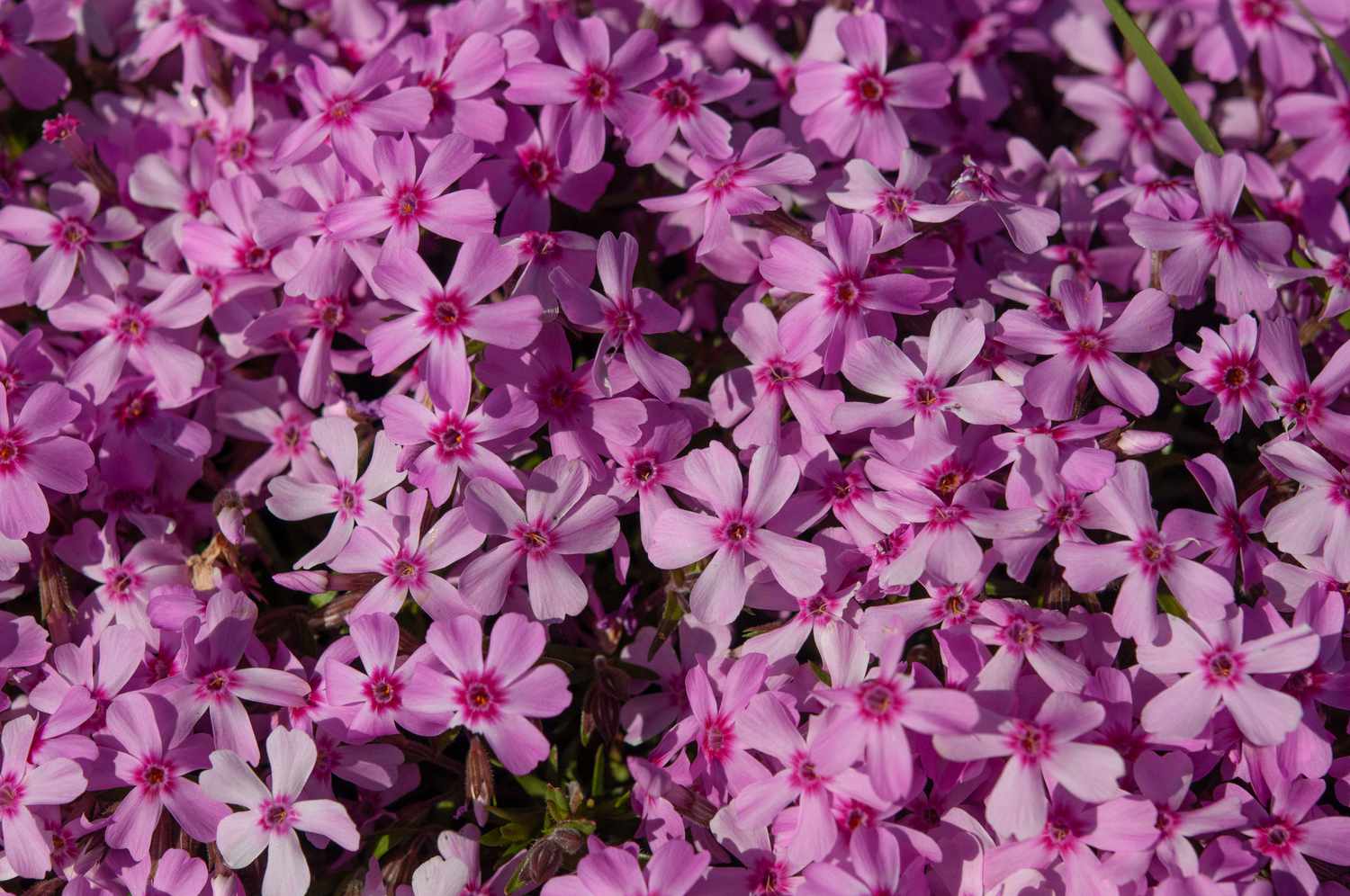
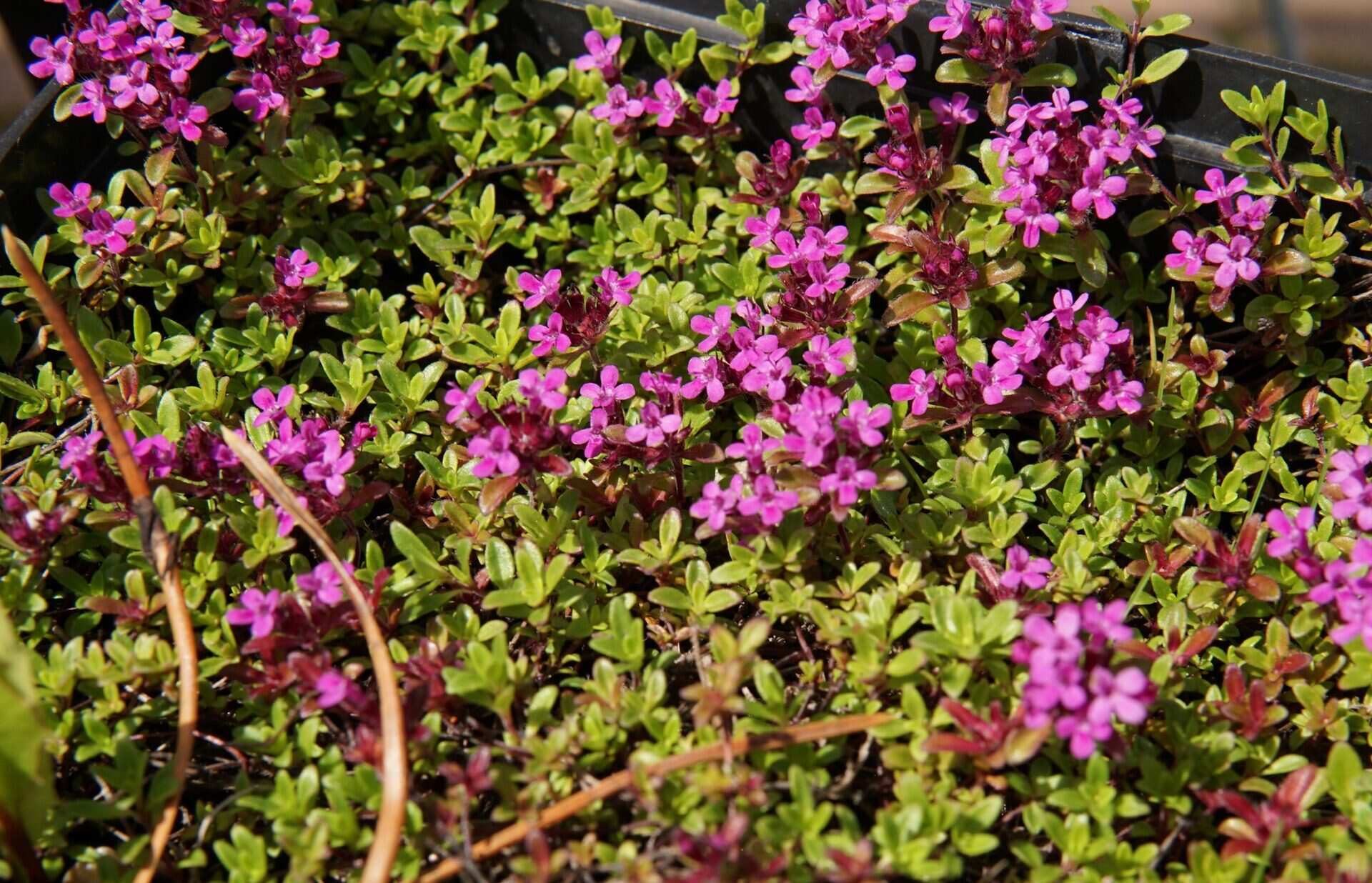
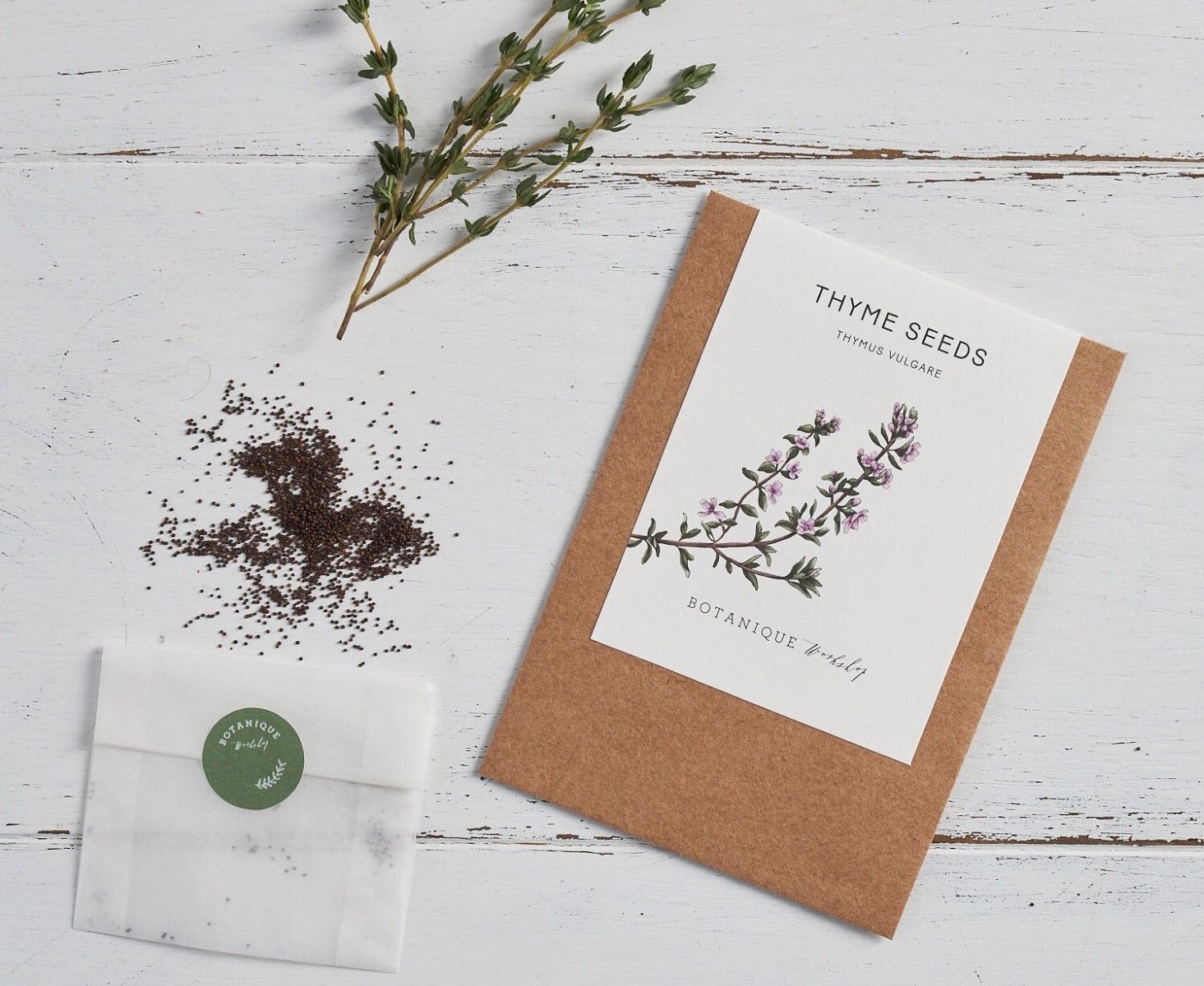
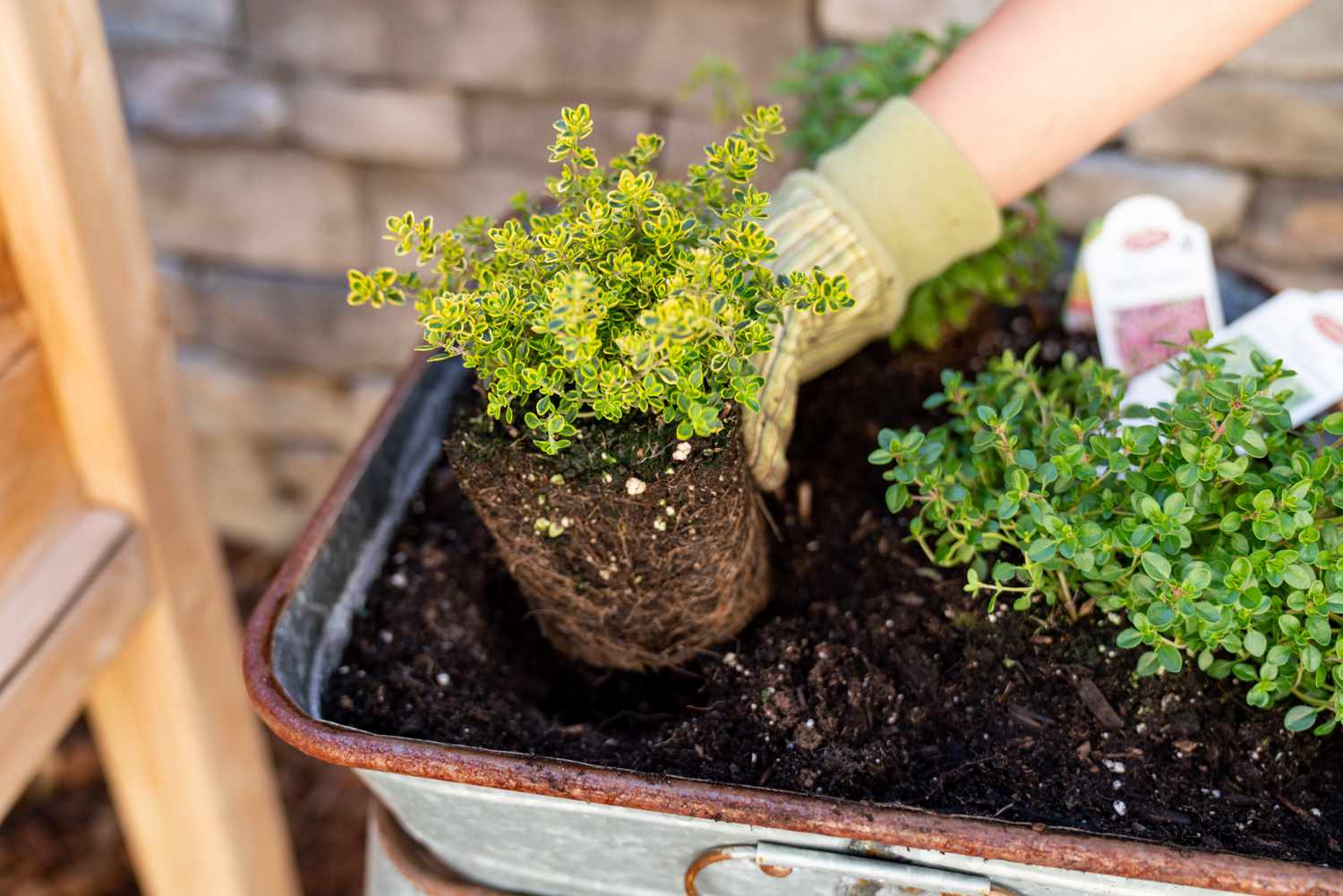
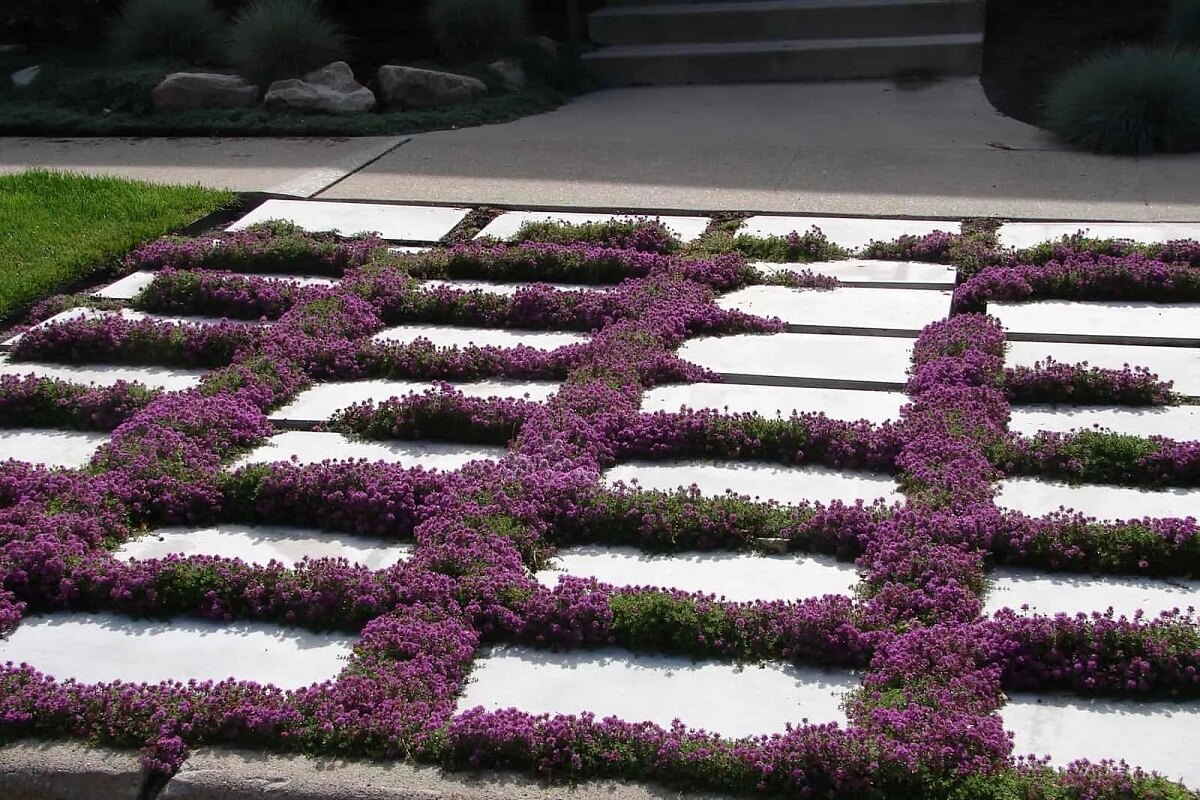
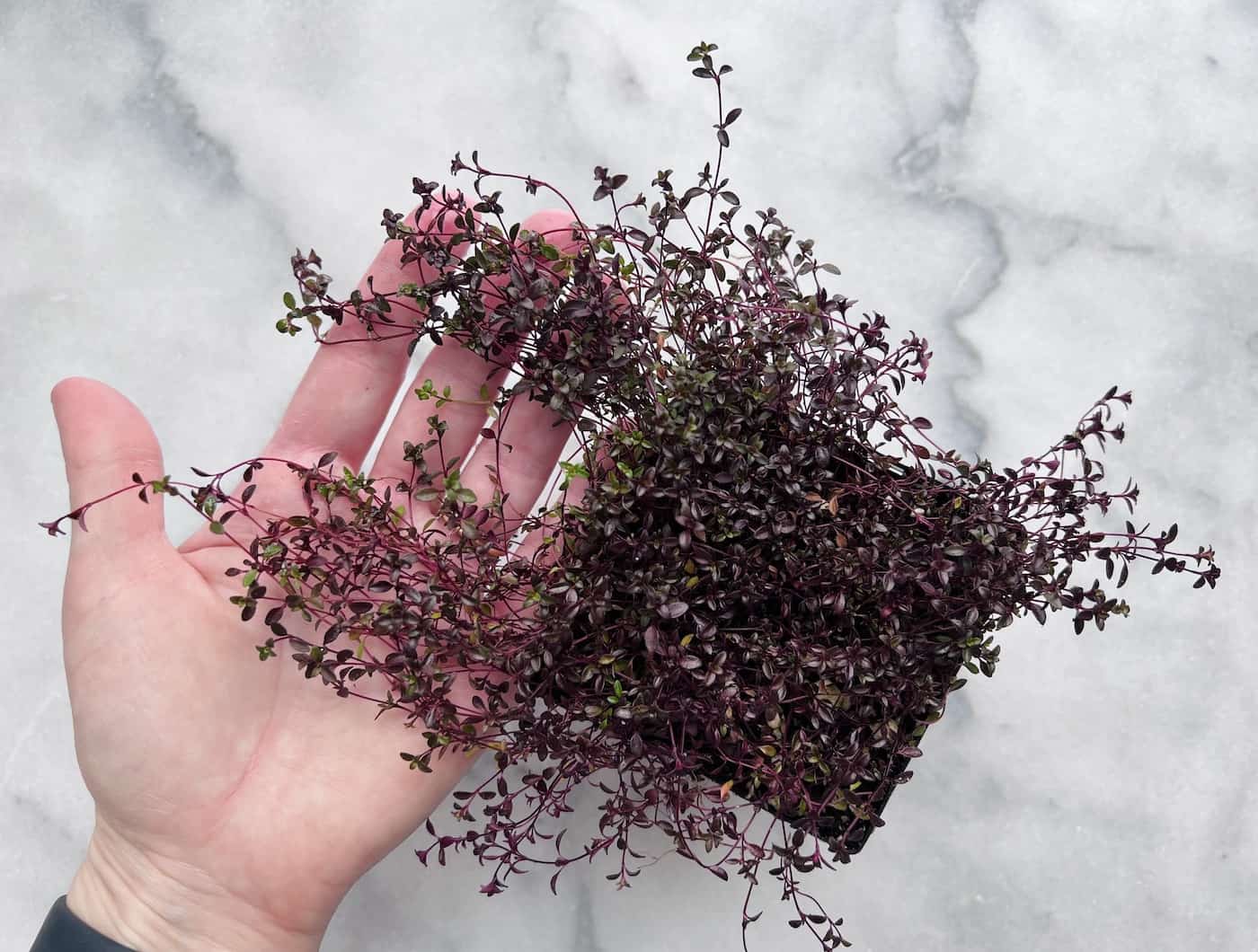
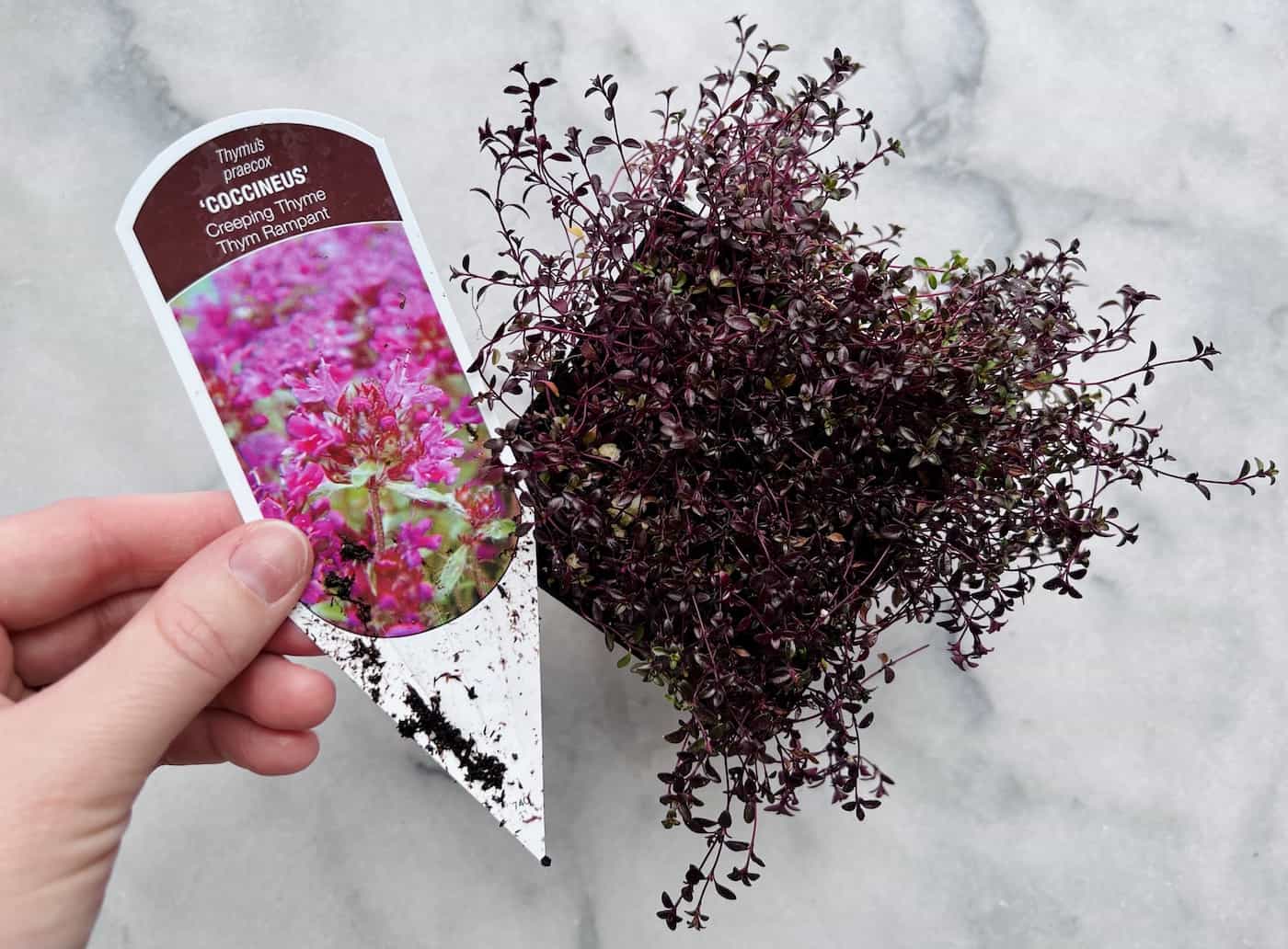
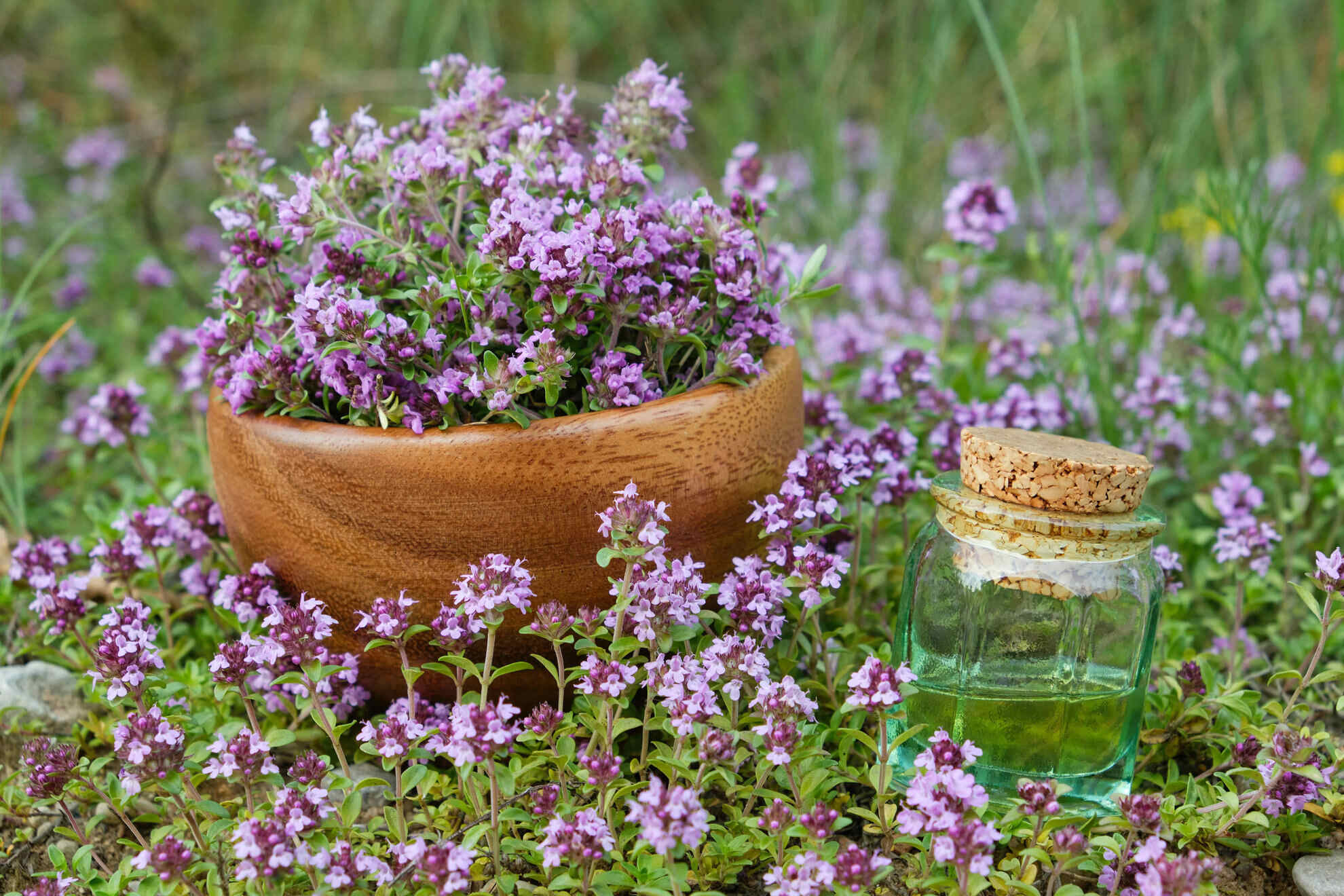
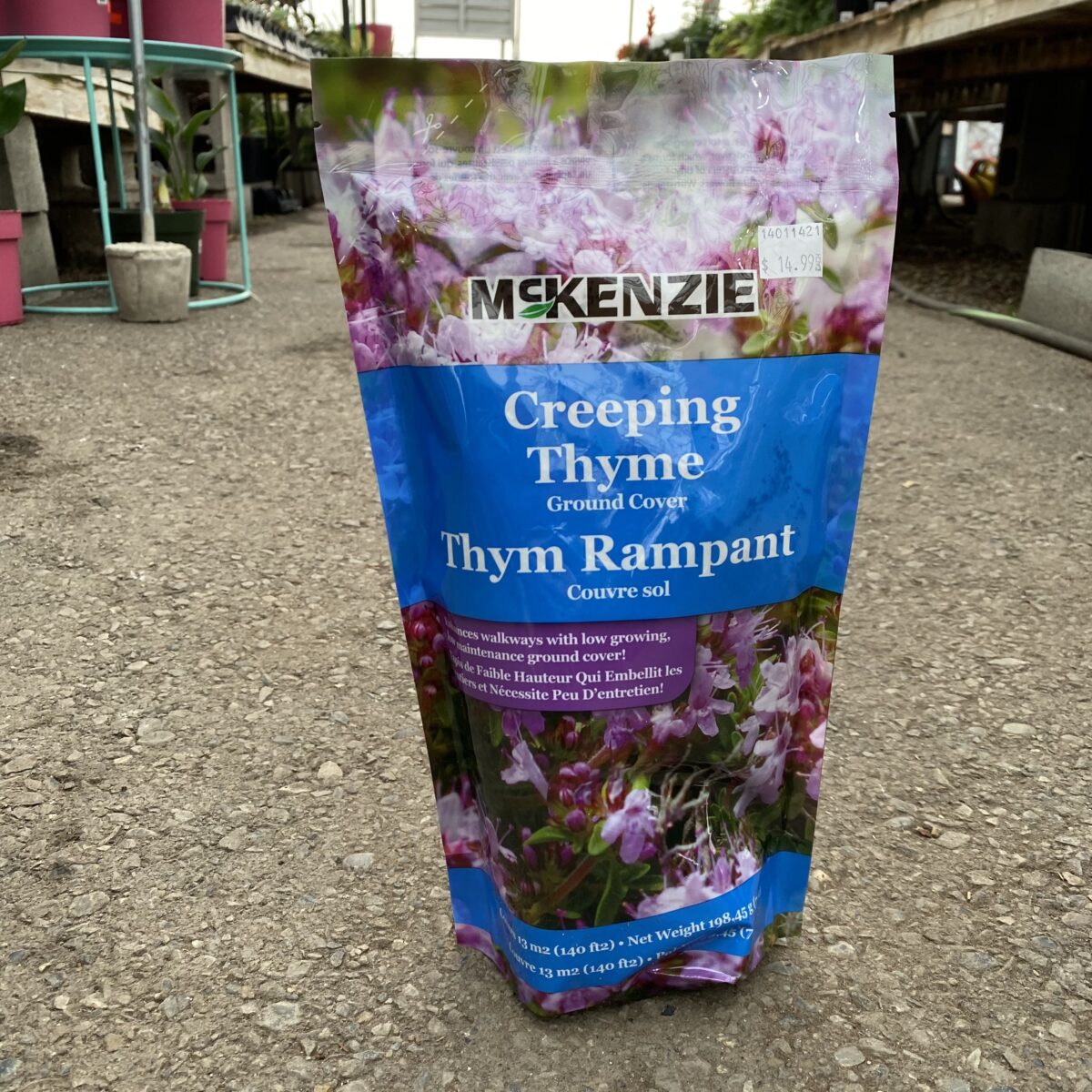
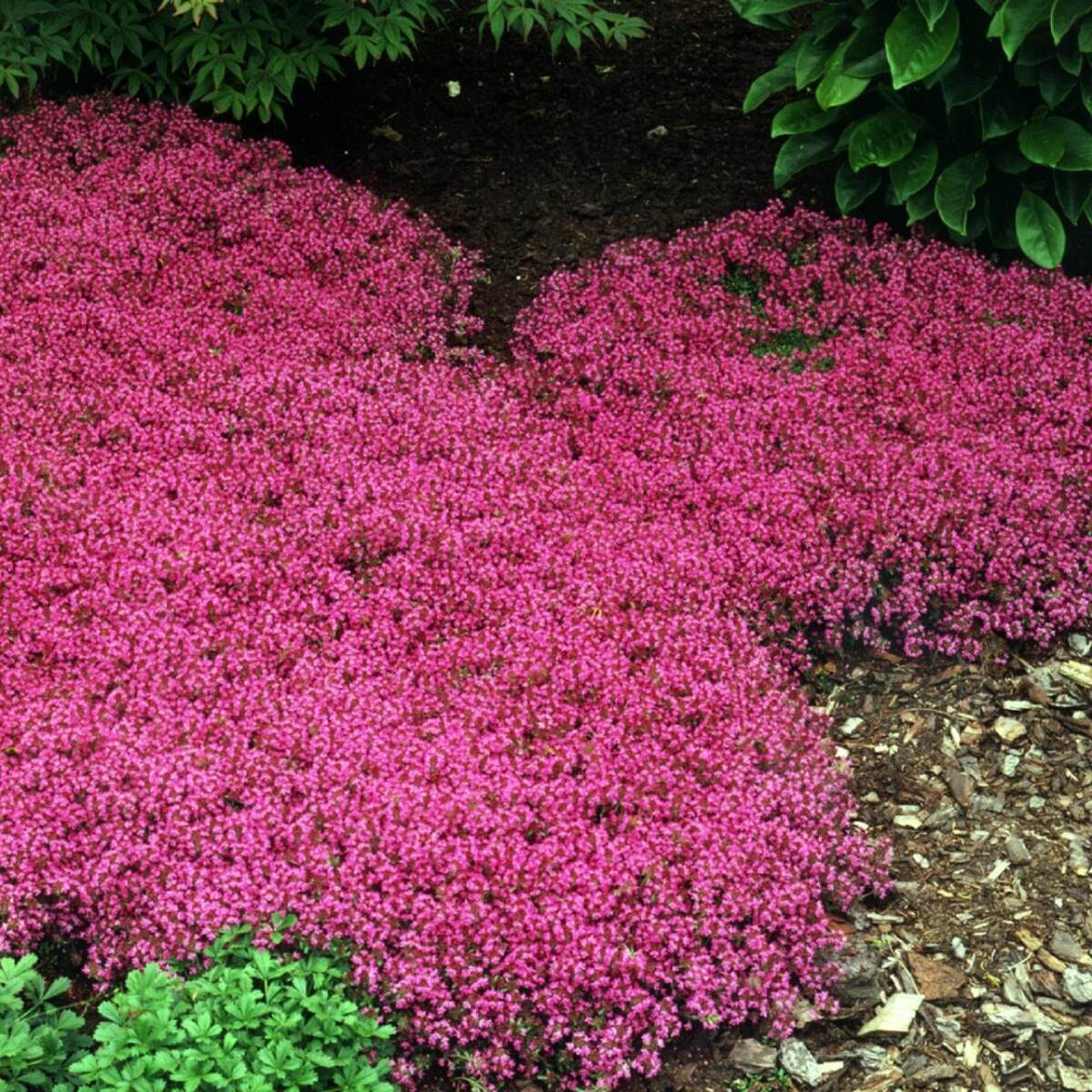
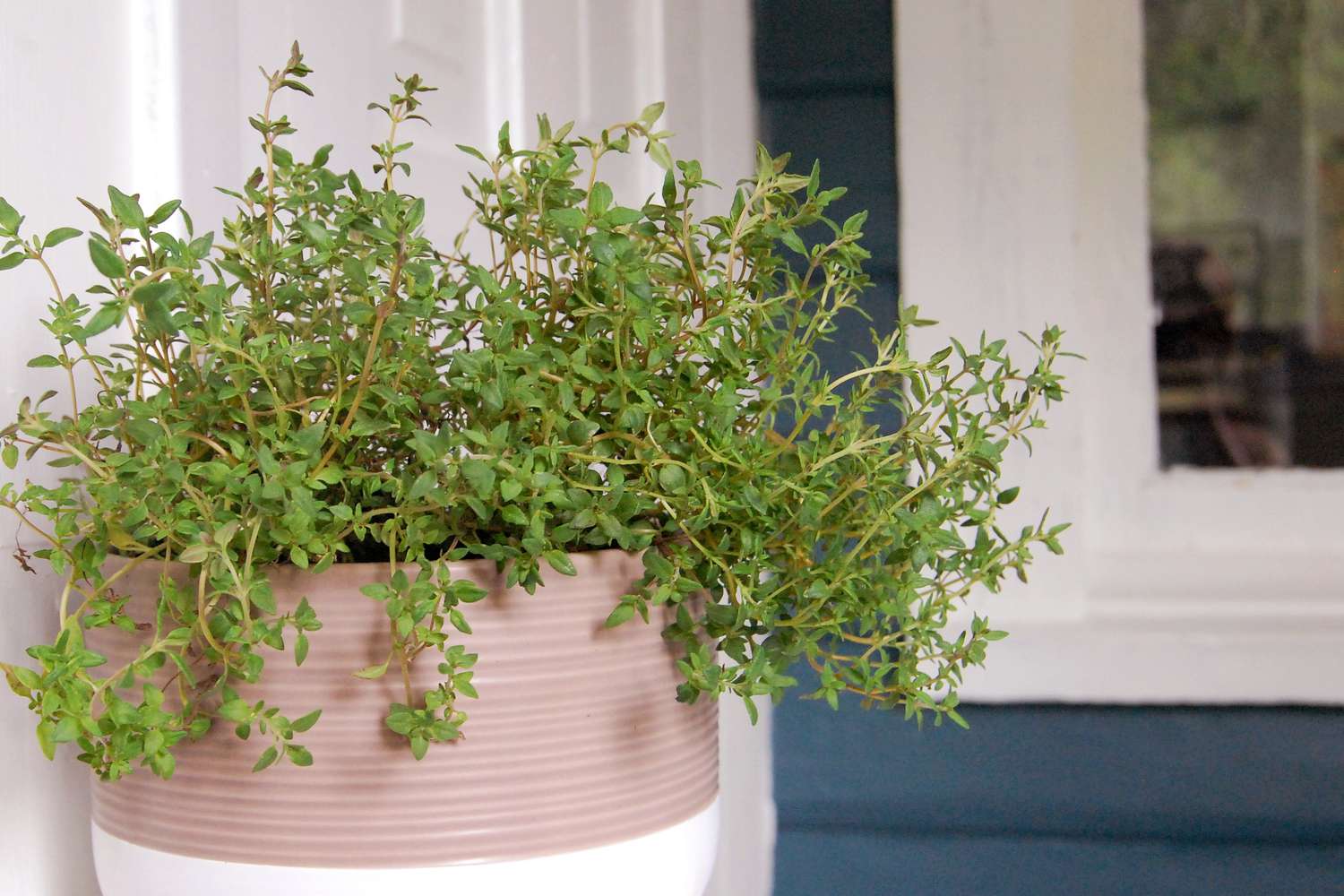
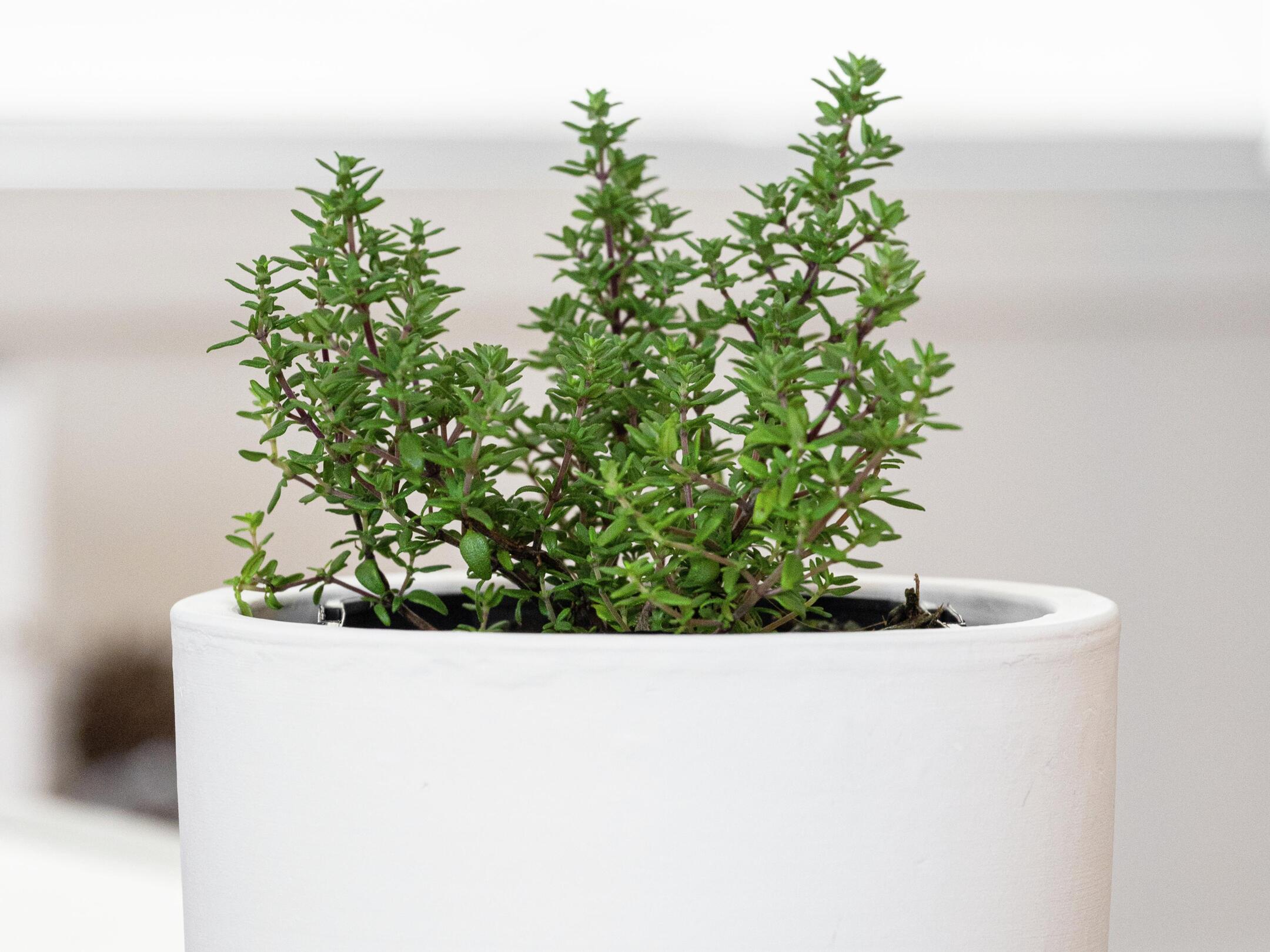

0 thoughts on “How To Plant Creeping Thyme Seeds”